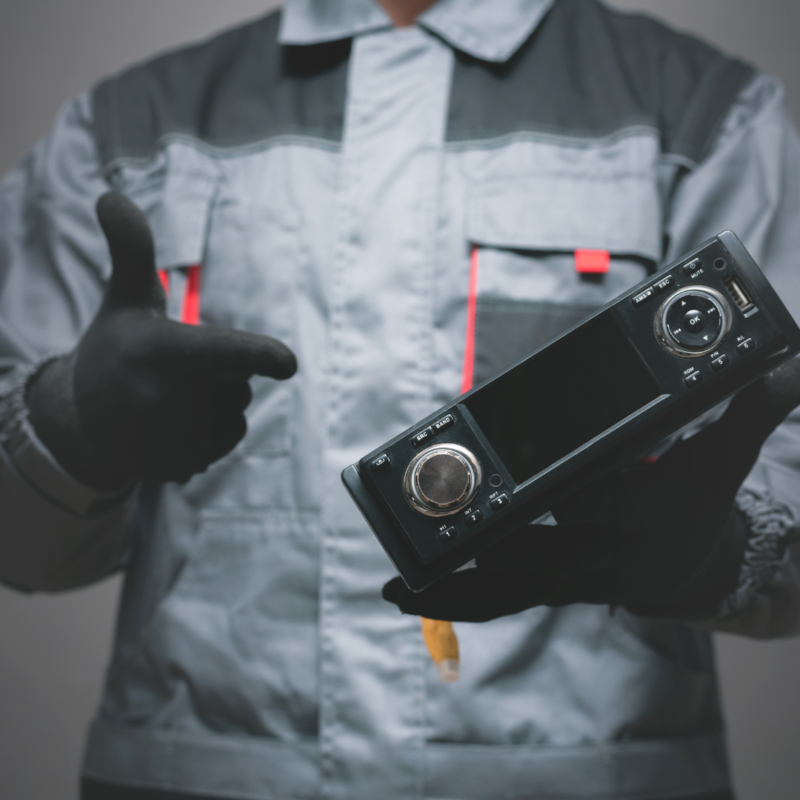Car Magazine
DAB car antennas : A Comprehensive Guide
DAB car antennas : A Comprehensive Guide – on our site you will find the best spare parts and accessories for cars and motorcycles
SELECT YOUR VEHICLE'S BRAND AND MODEL TO FIND ALL COMPATIBLE PRODUCTS ON RACEXT.
✅ Choose free delivery to save more
DAB car antennas : A Comprehensive Guide
Before purchasing our products, it is advisable to read the product sheet. If in doubt, do not hesitate to contact us, we will be happy to help you choose the product that best suits your needs
If you are looking for high quality products for your car or motorbike, look no further. We are sure you will find the perfect product for you at Racext. Do not hesitate to contact us with any questions or requests. We are here to help you make your vehicle perfect.A Comprehensive Guide to Radio Antennas
Welcome to our in-depth guide to radio antennas! Whether you want to improve your radio reception, learn about different types of antennas, or dive into the world of digital radio, this collection of articles has you covered. We’ve compiled a list of radio antenna-related topics to help you make informed decisions and improve your listening experience.
Here’s what you’ll find in this guide:
- What antenna is suitable for a DAB car radio? Learn about the best antenna options for DAB car radios and how to ensure optimal reception while on the road.
- What is the purpose of a DAB antenna? Discover the role of a DAB antenna in receiving digital radio signals and the importance of a properly functioning antenna.
- What is the difference between DAB and DAB+? Understand the distinction between DAB and the newer DAB+ standard, including their features and compatibility.
- How does DAB radio in a car work? Explore the workings of DAB radio technology in vehicles, from signal reception to decoding and audio playback.
- How much does a DAB antenna cost? Find out about the cost range for DAB antennas, considering factors such as quality, type, and installation requirements.
- How can I convert an FM radio to DAB? Learn about the steps and options available to transform an FM radio into a DAB-compatible device for enjoying digital radio stations.
- Why isn’t DAB radio working? Troubleshoot common issues with DAB radio reception and explore possible solutions to get your DAB radio working again.
- How many DAB radios are there in Italy? Discover the number of DAB radios available in Italy, along with the growing popularity of digital radio in the country.
- When does DAB become operational? Learn about the timeline and implementation of DAB radio services in various regions, including the activation dates and availability.
- What are the best DAB radios? Explore a selection of top-rated DAB radios, featuring their key features, performance, and user reviews.
- How many DAB stations are there? Get an overview of the number of DAB stations available, offering a wide range of radio channels and genres.
- Which radio station is the most popular? Discover the most popular radio station, considering factors such as audience ratings, listenership, and cultural impact.
- What are the radio channels on digital terrestrial? Explore the various radio channels available on digital terrestrial platforms, offering a diverse selection of music, news, and entertainment.
- How do I activate DAB? Learn the steps to activate DAB on your radio device, ensuring you can access digital radio stations and enjoy high-quality audio.
- How can I listen to DAB on my smartphone? Find out how to listen to DAB radio stations on your smartphone using dedicated apps or external DAB receivers.
- How can I listen to the radio without an internet connection? Discover alternative methods to enjoy radio broadcasts even without an internet connection, such as AM/FM radios and offline radio apps.
- How can I listen to the radio in my car? Explore different options for listening to the radio in your car, including FM/AM radio, DAB, and smartphone integration.
- How can I improve FM radio reception? Learn practical tips and techniques to enhance the reception of FM radio signals for clearer and more consistent audio.
- How can I improve the reception of a car radio antenna? Discover effective strategies for optimizing the reception of your car radio antenna, ensuring a better listening experience on the road.
- What can be used as a radio antenna? Explore unconventional options for makeshift radio antennas in case you’re in need of a quick solution or facing reception challenges.
- How much does it cost to install an antenna? Gain insights into the factors influencing the cost of antenna installation and understand the potential expenses involved.
Whether you’re a radio enthusiast, a commuter looking for entertainment on the road, or simply curious about the world of radio technology, this comprehensive guide will provide you with valuable information and practical tips to enhance your radio listening experience. So, let’s dive in and explore the exciting world of radio antennas!
What antenna is suitable for a DAB car radio?
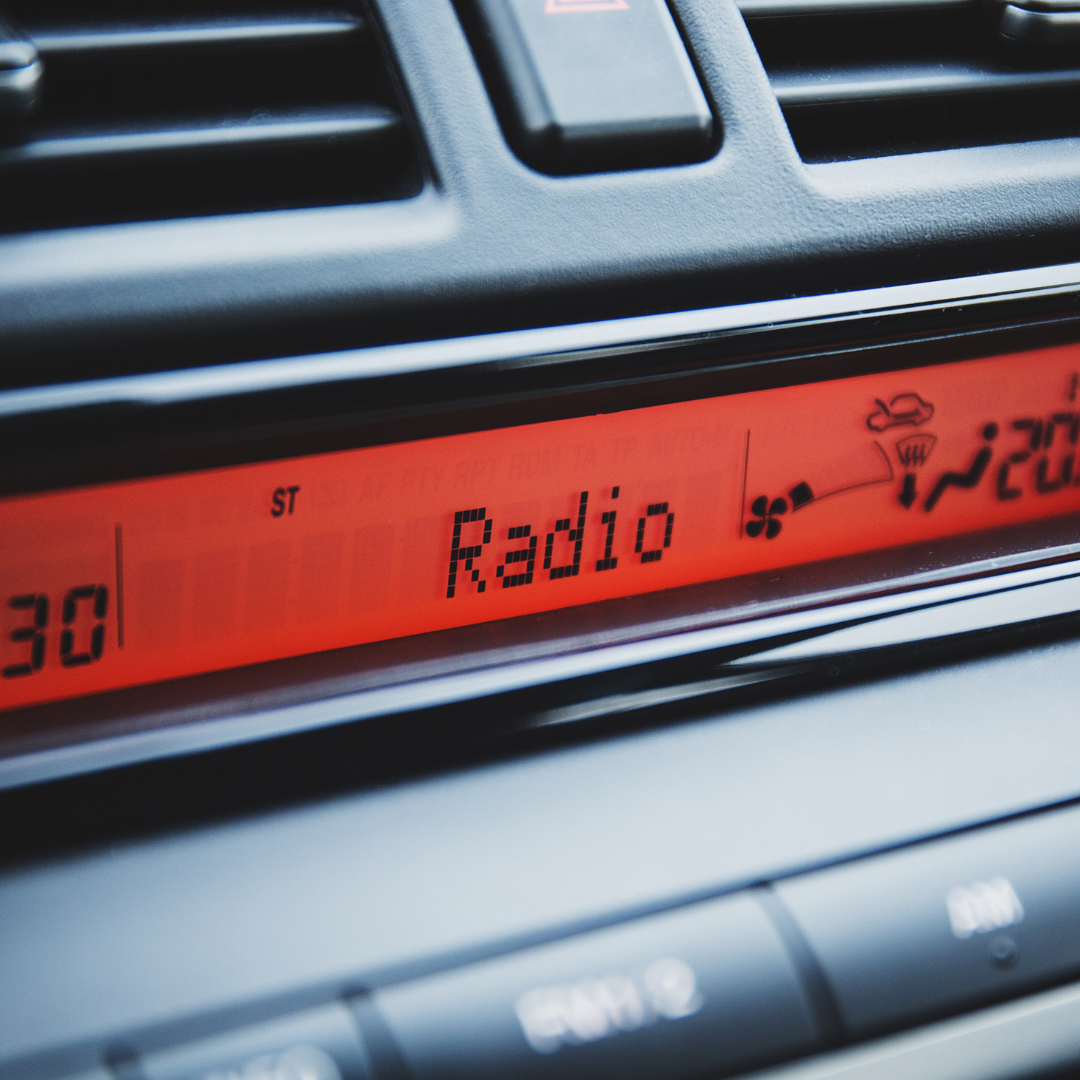
If you want to upgrade your car radio to DAB (Digital Audio Broadcasting), a suitable antenna is required for optimal reception. DAB radio has better sound quality and a wider selection of stations than traditional FM radio. To make the most of this technology, consider the following factors when selecting a DAB antenna for your car:
1. Compatibility:
Ensure that the antenna you select is compatible with DAB technology. Look for antennas specifically designed for DAB reception.
2. Type of Antenna:
There are different types of antennas available for car radios. The most common options for DAB include:
- Windshield-mounted antennas
- Roof-mounted antennas
- Internal glass-mounted antennas
Each type has its advantages and disadvantages, so choose the one that suits your car and preferences.
3. Signal Strength:
Consider the signal strength in your area. If you live in an urban area with a strong DAB signal, a standard antenna may suffice. However, if you reside in a rural or weak signal area, you may need a more powerful antenna for better reception.
4. Installation:
Check the installation requirements for the antenna. Some antennas may require professional installation, while others can be easily installed by following the manufacturer’s instructions.
5. Brand and Reviews:
Research reputable brands and read customer reviews to gauge the antenna’s performance and durability. This will help you make an informed decision and ensure that you invest in a reliable product.
By considering these factors, you can select a suitable antenna for your DAB car radio that will enhance your listening experience. Enjoy the benefits of DAB technology and explore a wide variety of radio stations with improved sound quality.
What is the purpose of a DAB antenna?
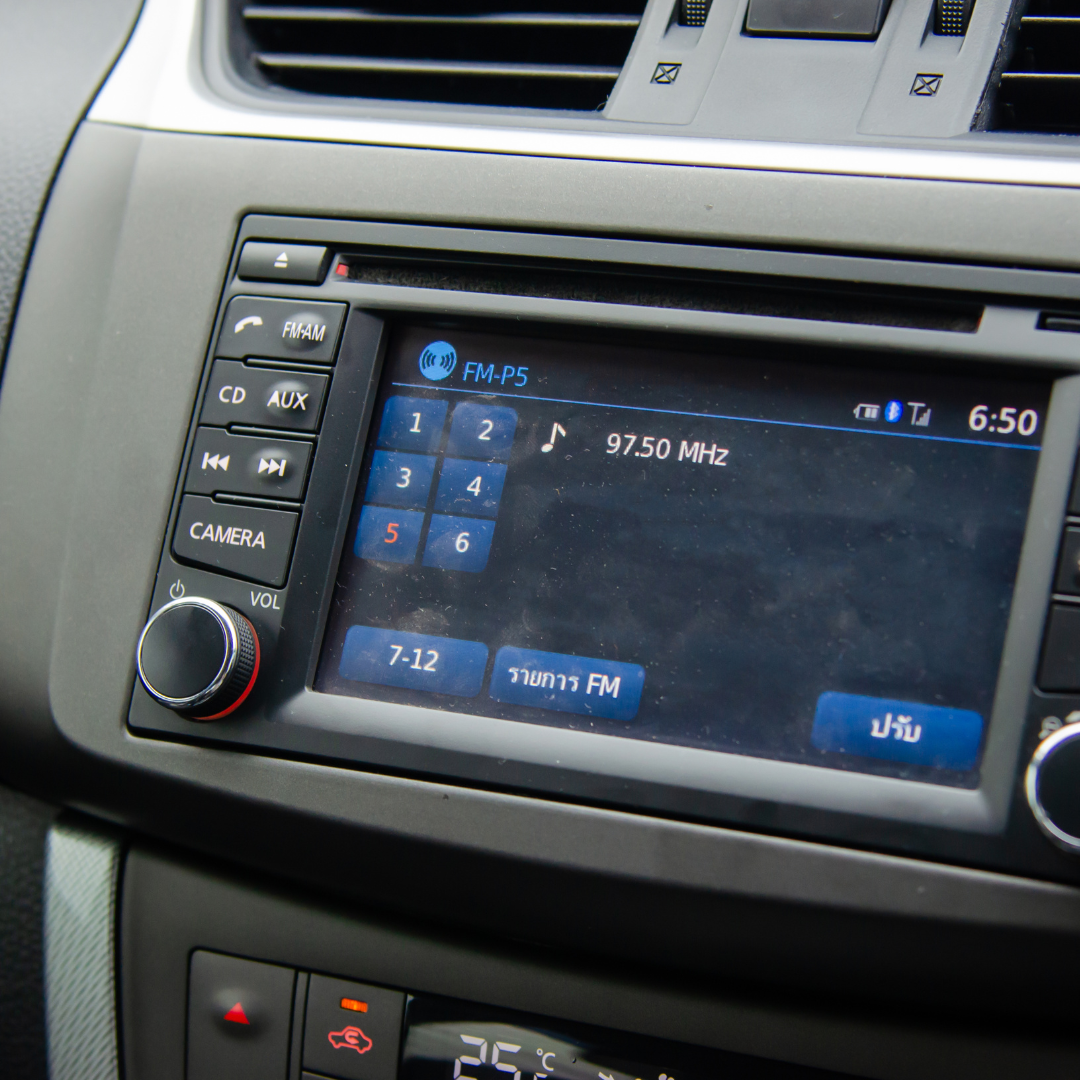
If you’re considering upgrading your radio to DAB (Digital Audio Broadcasting), you may be wondering about the purpose of a DAB antenna. A DAB antenna serves a crucial role in receiving digital radio signals and ensuring optimal reception. Here are some key points to understand about the purpose of a DAB antenna:
1. Signal Reception:
A DAB antenna is designed to capture digital radio signals transmitted by DAB stations. These signals contain audio content and data that make up the digital radio broadcasts. The antenna receives these signals and sends them to your DAB receiver or radio for decoding and playback.
2. Improved Sound Quality:
Compared to traditional FM radio, DAB offers higher sound quality. By using a DAB antenna, you can ensure a strong and clear signal reception, resulting in better audio fidelity and reduced interference.
3. Access to More Stations:
DAB antennas enable you to access a broader range of radio stations. DAB technology allows for multiplexing, where multiple stations can be transmitted within a single frequency. With a DAB antenna, you can enjoy a diverse selection of music, news, and entertainment from various stations.
4. Easy Installation:
DAB antennas are typically easy to install. They can be mounted on the roof, windshield, or internally on the glass, depending on the antenna type and your vehicle’s design. Following the manufacturer’s instructions, you can set up the antenna and start enjoying digital radio in no time.
5. Location and Reception:
The location of your DAB antenna can significantly impact signal reception. It’s important to position the antenna properly for optimal performance. This may involve experimenting with different mounting options or adjusting the antenna’s angle to achieve the best reception.
Overall, a DAB antenna plays a vital role in capturing digital radio signals and ensuring a reliable and enjoyable listening experience. By investing in a quality DAB antenna and setting it up correctly, you can access a wide variety of stations with improved sound quality, opening up a world of entertainment and information.
What is the difference between DAB and DAB+?
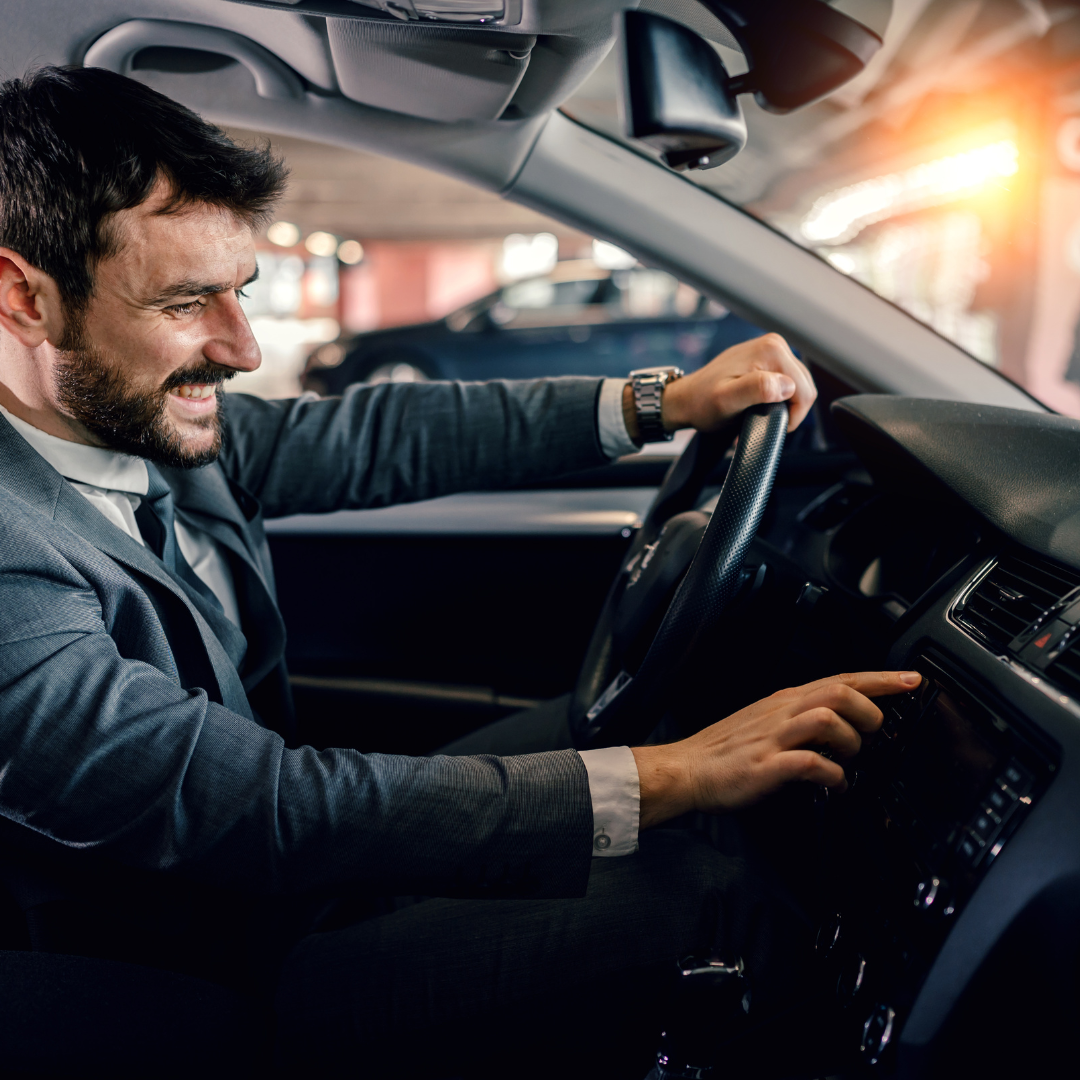
If you’re interested in digital radio, you may have come across the terms DAB (Digital Audio Broadcasting) and DAB+. While both are digital radio standards, there are significant differences between the two. Let’s explore the dissimilarities between DAB and DAB+:
1. Audio Codec:
The primary difference lies in the audio codec used. DAB utilizes the MPEG-1 Audio Layer II (MP2) codec, which provides decent audio quality. On the other hand, DAB+ employs the more advanced High-Efficiency Advanced Audio Coding (HE-AAC) codec. This results in improved sound quality and better compression efficiency, allowing for more stations to be transmitted within the available bandwidth.
2. Enhanced Error Correction:
DAB+ incorporates enhanced error correction techniques compared to DAB. This helps to mitigate the effects of signal interference and multipath propagation, resulting in a more stable and reliable reception.
3. Compatibility:
Another key difference is the compatibility with existing receivers. While DAB receivers can only decode DAB signals, DAB+ receivers are backward compatible and can decode both DAB and DAB+ signals. This means that DAB+ allows listeners to access a wider range of stations, including those that still broadcast in the older DAB format.
4. Transmission Efficiency:
DAB+ offers improved transmission efficiency compared to DAB. This means that broadcasters can transmit more stations within the available bandwidth, providing listeners with a greater variety of content choices.
5. Popularity and Adoption:
DAB+ has gained wider international acceptance and is the preferred standard in many countries. It is gradually replacing DAB in new digital radio installations and broadcasting systems.
In summary, DAB and DAB+ differ in their audio codecs, error correction techniques, compatibility, transmission efficiency, and popularity. DAB+ provides superior audio quality, enhanced error correction, and wider compatibility with both DAB and DAB+ signals. As digital radio continues to evolve, DAB+ is becoming the standard of choice for broadcasters and listeners alike.
How does DAB radio in a car work?
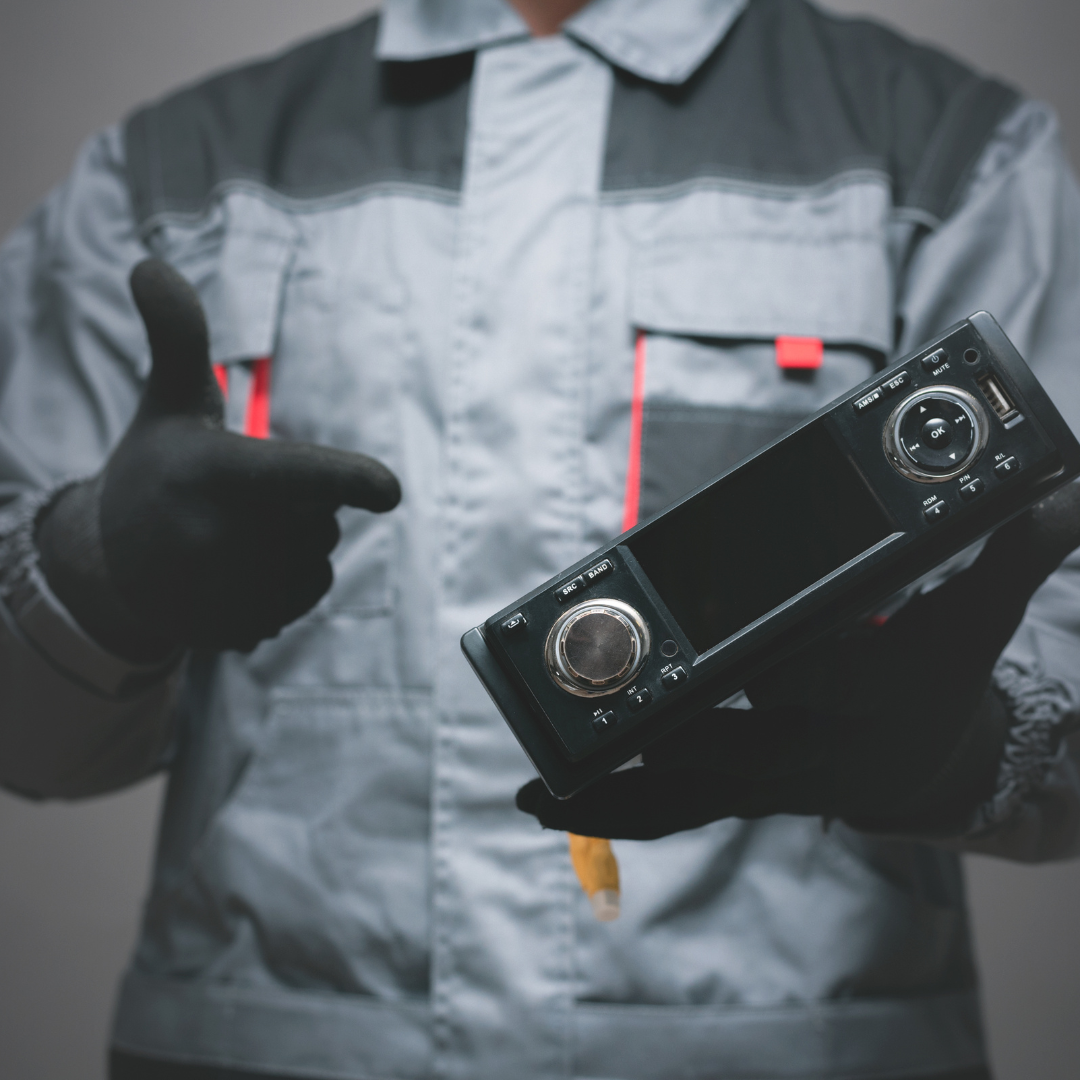
If you’re considering upgrading your car radio to DAB (Digital Audio Broadcasting), you may be curious about how it works. DAB radio brings several advantages over traditional FM radio, including better sound quality and a wider selection of stations. Here’s a breakdown of how DAB radio in a car works:
1. DAB Receiver:
A DAB car radio features a built-in DAB receiver. This receiver is responsible for decoding the digital radio signals and converting them into audio that you can hear through the car’s speakers.
2. DAB Transmission:
DAB radio stations broadcast their signals over the airwaves using digital transmission. These signals contain not only the audio content but also additional data such as station information, track titles, and more.
3. DAB Antenna:
For a car to receive DAB signals, it requires a DAB antenna. The antenna captures the digital radio signals and sends them to the DAB receiver. The antenna’s position and quality play a crucial role in ensuring optimal signal reception.
4. Multiplexing:
DAB technology allows for multiplexing, which means multiple radio stations can be transmitted within a single frequency. This allows for a broader range of stations to be available to listeners.
5. Station Selection and Display:
With a DAB car radio, you can browse and select different stations using the receiver’s interface. The radio will display station names, program information, and other details on its screen, providing a user-friendly experience.
6. Seamless Handover:
DAB radios in cars often support seamless handover. This means that as you drive across different broadcast areas, the radio will automatically switch to the strongest available signal without interruption.
Overall, DAB radio in a car works by receiving digital radio signals through a DAB antenna, decoding them with a DAB receiver, and delivering high-quality audio to your car’s speakers. With a wide range of stations and improved sound quality, DAB radio offers an enhanced listening experience for car enthusiasts.
How much does a DAB antenna cost?
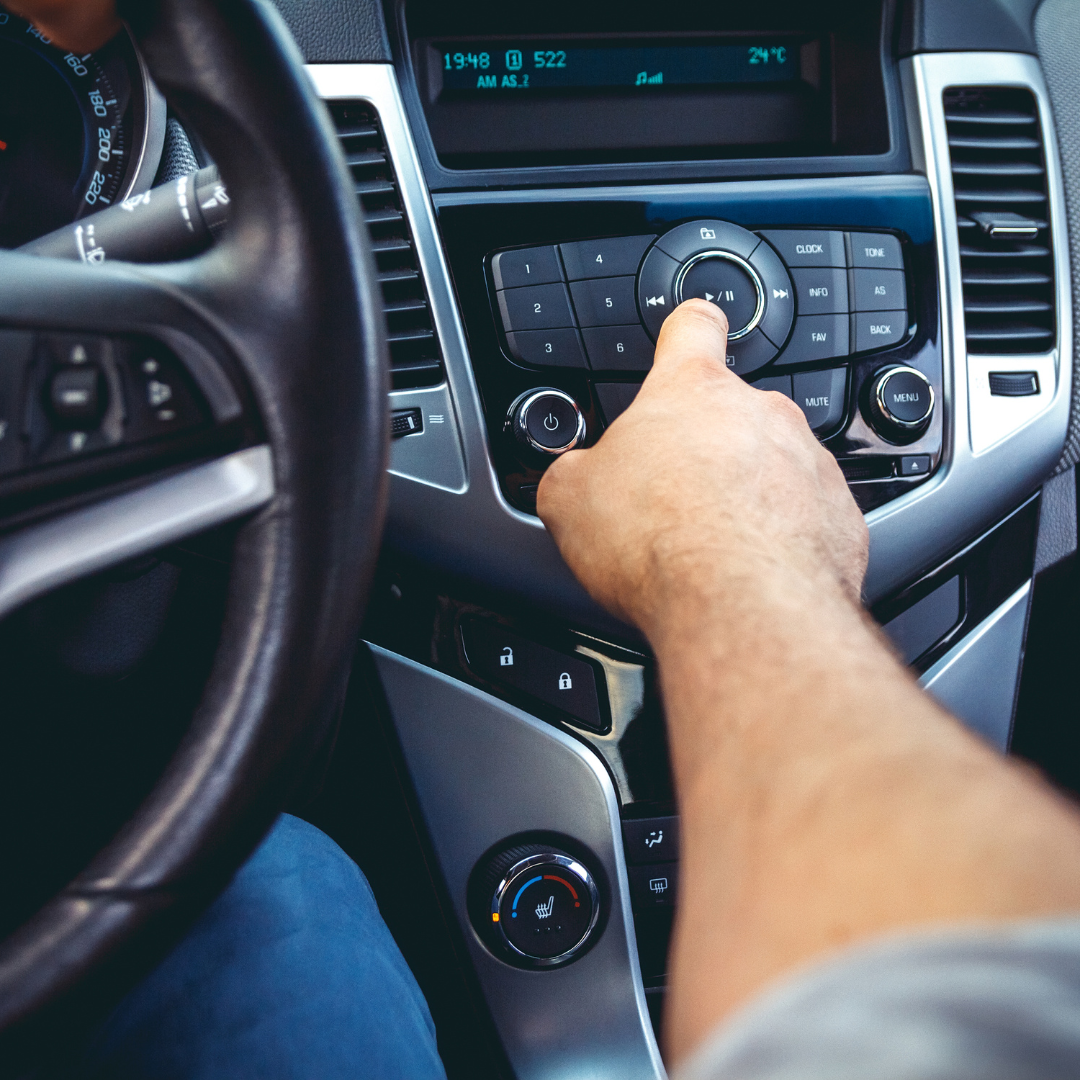
If you’re considering upgrading your radio to DAB (Digital Audio Broadcasting), you may be wondering about the cost of a DAB antenna. The price of a DAB antenna can vary depending on several factors. Here’s a breakdown of what you can expect when it comes to the cost of a DAB antenna:
1. Basic DAB Antennas:
Basic DAB antennas, such as windshield-mounted or internal glass-mounted antennas, can range in price from $20 to $50. These antennas offer decent reception and are suitable for areas with good DAB signal coverage.
2. Roof-Mounted DAB Antennas:
Roof-mounted DAB antennas tend to provide better reception, especially in areas with weaker DAB signals. These antennas typically cost between $50 and $100, depending on the brand and features.
3. Professional-Grade DAB Antennas:
If you require the best possible reception or live in an area with very weak DAB signals, you may opt for professional-grade DAB antennas. These antennas, often installed by professionals, can cost upwards of $100, depending on the complexity of the installation and the specific antenna model.
4. Additional Costs:
In addition to the antenna itself, you may need to consider additional costs such as cables, connectors, and installation. These costs can vary depending on your specific requirements and the complexity of the installation process.
5. Research and Comparisons:
It’s advisable to research different brands, read customer reviews, and compare prices before making a purchase. This will help you find the right balance between cost and quality.
Ultimately, the cost of a DAB antenna can range from $20 to over $100, depending on the type and quality of the antenna. Consider your location, signal strength, and budget when selecting a DAB antenna to ensure a satisfactory listening experience with your digital radio.
How can I convert an FM radio to DAB?
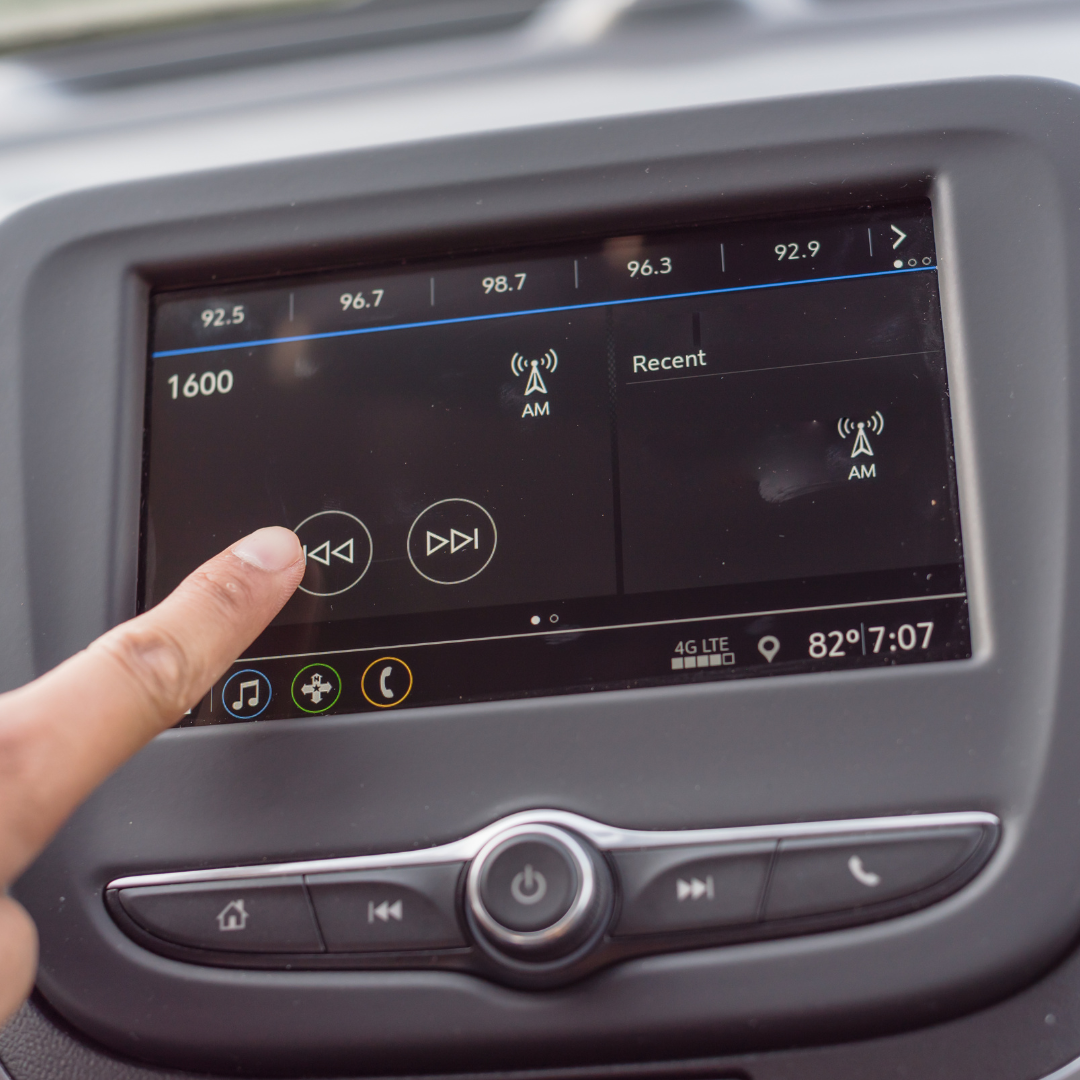
If you have an FM radio and want to enjoy the benefits of DAB (Digital Audio Broadcasting), you may be wondering if it’s possible to convert your existing FM radio to DAB. While it’s not a direct conversion, there are solutions available that can allow you to receive DAB signals with your FM radio. Here are some options to consider:
1. DAB Adapter:
A DAB adapter is a popular option for converting an FM radio to DAB. These adapters are compact devices that receive DAB signals and transmit them to your FM radio using FM frequencies. Simply connect the DAB adapter to your FM radio’s antenna input, tune the radio to the corresponding FM frequency, and you can enjoy DAB stations through your existing FM radio.
2. DAB Car Radio Adapter:
If you’re looking to convert your FM car radio to DAB, a DAB car radio adapter is a suitable choice. These adapters are designed specifically for car radios and provide a seamless integration of DAB functionality. They typically connect to your car’s audio system through an AUX input or FM transmission and allow you to access DAB stations without replacing the entire car radio.
3. DAB Radio Receiver:
If you prefer a standalone solution, you can purchase a dedicated DAB radio receiver. These devices have built-in DAB tuners and speakers, allowing you to listen to DAB stations directly. While this option involves having an additional device, it provides a more comprehensive DAB experience compared to using an FM radio.
4. Considerations:
Before converting an FM radio to DAB, it’s important to assess the signal strength and coverage in your area. DAB signals may vary depending on your location, and it’s advisable to check the availability and quality of DAB stations in your area before investing in a conversion solution.
Converting an FM radio to DAB is possible with the help of DAB adapters, car radio adapters, or standalone DAB receivers. These solutions provide a way to access DAB stations using your existing FM radio equipment. Assess your needs, budget, and signal coverage to choose the most suitable option for enjoying the benefits of DAB with your FM radio.
Why isn’t DAB radio working?

If you’re having trouble with your DAB (Digital Audio Broadcasting) radio and it’s not working as expected, there can be several reasons behind the issue. Here are some common factors that may explain why your DAB radio isn’t working:
1. Signal Coverage:
DAB radio relies on a strong and stable signal to receive stations. If you’re in an area with weak DAB signal coverage or experiencing signal interference, it can affect the performance of your DAB radio. Check the signal strength in your location and consider using an external antenna or relocating your radio to improve reception.
2. Antenna Issues:
A faulty or improperly connected antenna can hinder the reception of DAB signals. Ensure that your antenna is correctly installed, positioned, and in good condition. If necessary, try using a different antenna or consulting a professional for assistance.
3. Radio Tuning:
Make sure that you’re tuning your DAB radio correctly. Some radios require an initial scan or auto-tuning to detect available stations. Refer to your radio’s user manual for specific instructions on how to tune and store DAB stations.
4. Software Updates:
Occasionally, DAB radios may require software updates to maintain compatibility with the latest DAB standards and station changes. Check if there are any available firmware updates for your radio and follow the manufacturer’s instructions to update the software.
5. Radio Faults:
In some cases, the issue may be with the radio itself. If you’ve ruled out signal and antenna problems, and your radio is still not functioning correctly, it could be a hardware fault. Contact the manufacturer or a qualified technician for further assistance or repair.
Remember that troubleshooting steps may vary depending on your specific DAB radio model. Consulting the user manual or contacting the manufacturer’s support can provide more tailored guidance for resolving issues with your DAB radio.
If your DAB radio isn’t working, it’s important not to get discouraged. With the right troubleshooting steps and possible solutions, you can get your DAB radio back up and running, enjoying the benefits of digital radio broadcasts once again.
How many DAB radios are there in Italy?
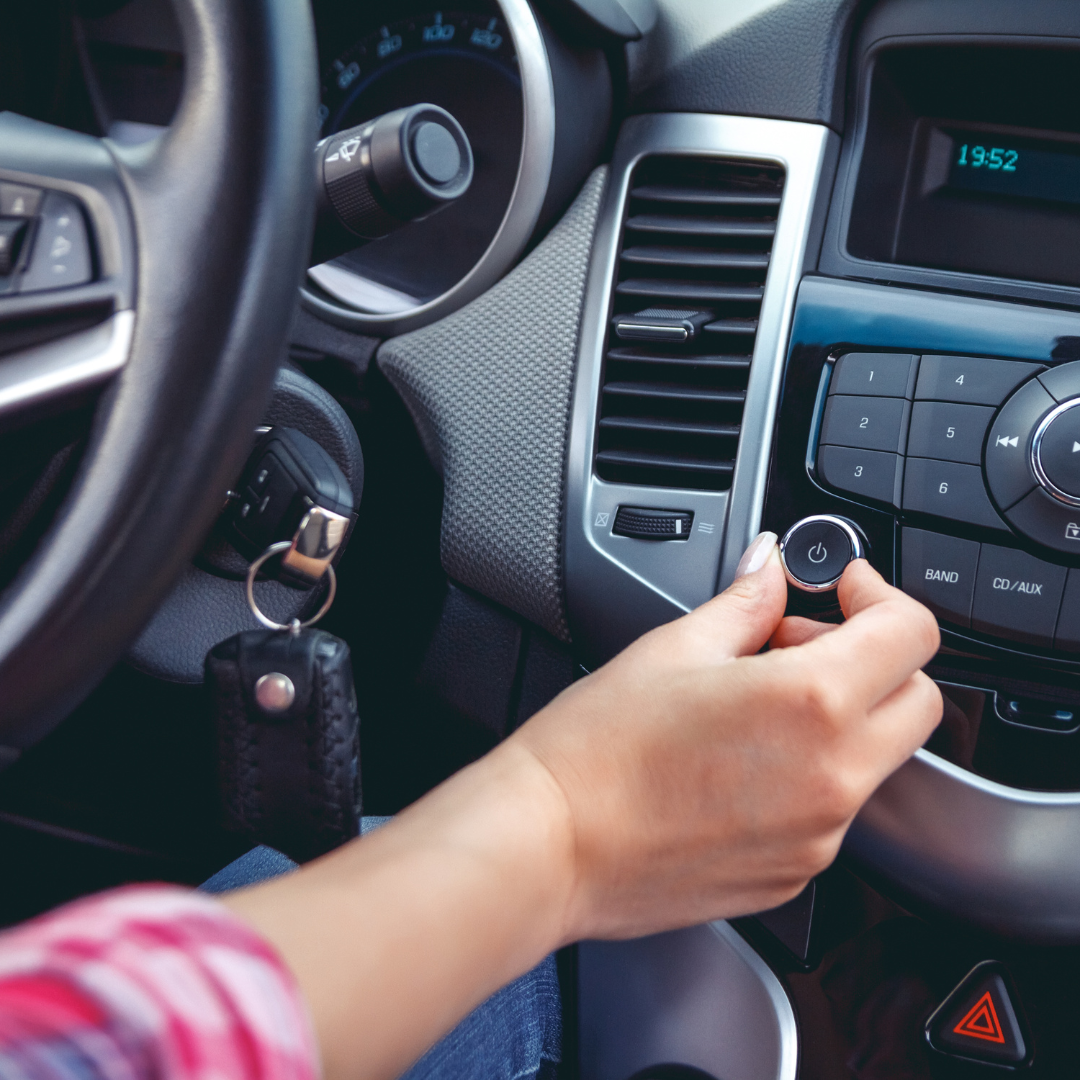
DAB (Digital Audio Broadcasting) has gained popularity as a modern and efficient way to enjoy radio broadcasts. In Italy, the adoption of DAB technology has been steadily increasing. While it’s challenging to provide an exact number of DAB radios in the country, we can look at the overall growth and availability of DAB-enabled devices. Here’s an overview:
1. Increasing Availability:
Over the years, the availability of DAB radios in Italy has expanded significantly. Many major electronics manufacturers produce a wide range of DAB radios, including portable radios, clock radios, car radios, and home audio systems. These radios come with built-in DAB tuners, allowing listeners to access digital radio stations.
2. Digital Radio Market:
The Italian digital radio market has experienced significant growth, with an increasing number of consumers opting for DAB radios. As a result, various models and brands are readily available in electronic stores, online retailers, and specialized audio equipment outlets.
3. Automotive Integration:
Car manufacturers have also recognized the benefits of DAB and have started incorporating DAB radios into their newer vehicle models. This integration enables drivers to enjoy digital radio while on the move, expanding the reach of DAB radios across the country.
4. Mobile Devices:
Smartphones and tablets equipped with DAB capabilities have become more prevalent. People can listen to DAB radio stations through dedicated apps or by using accessories such as DAB dongles and adapters.
Considering these factors, it’s evident that the number of DAB radios in Italy is growing steadily. However, due to the wide variety of DAB radio models and the continuous influx of new devices, it’s challenging to determine an exact count of how many DAB radios exist in the country.
As the popularity of DAB continues to rise, more people in Italy are embracing digital radio and enjoying the diverse range of stations and improved audio quality it offers.
When does DAB become operational?
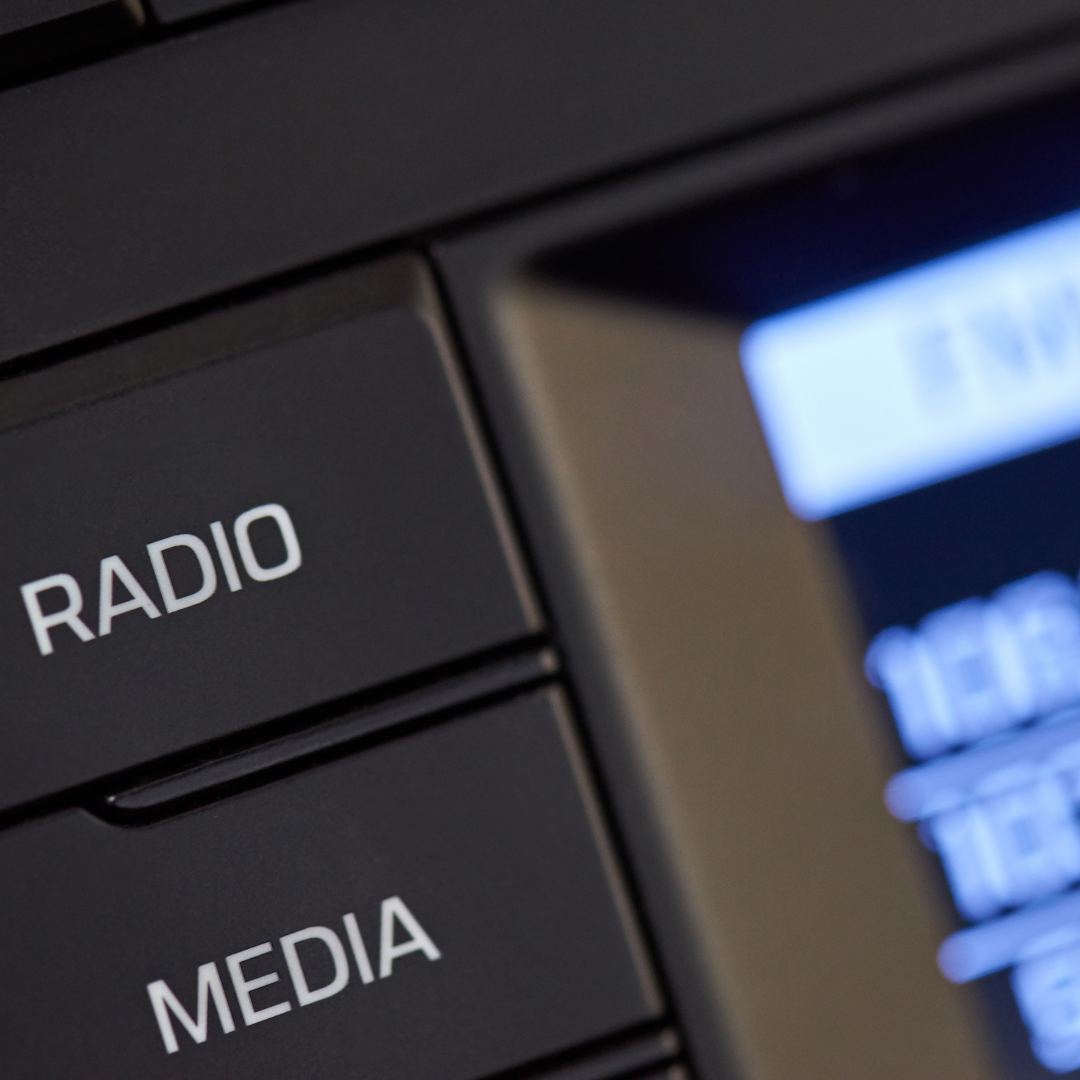
DAB (Digital Audio Broadcasting) has been rapidly expanding as a popular technology for radio broadcasting, offering improved audio quality and a wider range of stations. The implementation of DAB varies across different regions and countries. If you’re wondering when DAB becomes operational, here are some key points to consider:
1. National Rollout:
The introduction and rollout of DAB are typically managed at a national level. Each country sets its own timeline and strategy for implementing DAB across its territory. The process involves the establishment of DAB transmission infrastructure and the allocation of frequencies for DAB radio stations.
2. Phased Approach:
The implementation of DAB often follows a phased approach, starting with major urban areas and gradually expanding to cover more regions. This allows for the gradual adoption of DAB technology and ensures sufficient coverage before fully transitioning from traditional FM radio.
3. Country-Specific Plans:
Every country has its own plans and deadlines for DAB implementation. Some countries have already completed the transition to DAB as the primary radio broadcasting platform, while others are in the process of phasing out FM and transitioning to DAB. It’s essential to refer to the official announcements and updates from the regulatory authorities or broadcasting organizations in your country to determine the specific timeline for DAB becoming operational.
4. Regional Variations:
Within a country, there may be regional variations in the implementation of DAB. The availability and coverage of DAB signals can differ between urban and rural areas. Urban centers typically receive DAB coverage earlier, while more remote or sparsely populated areas may require additional infrastructure development to ensure widespread access to DAB signals.
To find out when DAB becomes operational in your country or region, it’s recommended to consult the official websites of broadcasting authorities, regulatory bodies, or digital radio organizations. They will provide the most accurate and up-to-date information regarding the status of DAB implementation and any planned timelines.
DAB is an exciting development in radio broadcasting, offering listeners a richer and more diverse range of content. Stay informed about the progress of DAB implementation in your area to ensure you can enjoy the benefits of digital radio as soon as it becomes operational.
How many DAB stations are there?

DAB (Digital Audio Broadcasting) has revolutionized radio broadcasting by offering a wide range of stations with improved sound quality and diverse content. The number of DAB stations available varies depending on the country and region. Let’s explore:
1. Country-Specific Variation:
Each country has its own broadcasting landscape, and the number of DAB stations can vary significantly. Countries with well-established DAB networks may have a larger number of stations compared to those in the early stages of DAB implementation.
2. National and Regional Stations:
DAB offers a platform for both national and regional stations. National stations cater to a broad audience and provide a diverse range of programming, including music, news, sports, and talk shows. Regional stations, on the other hand, focus on serving specific geographical areas with localized content.
3. Multitude of Genres:
DAB stations cover a wide range of genres to cater to various listener preferences. You can find stations dedicated to music genres like pop, rock, classical, jazz, hip-hop, and more. Additionally, there are stations specialized in talk shows, news, sports, and niche interests such as comedy, arts, and culture.
4. Expansion and Evolution:
The number of DAB stations continues to grow as the technology evolves and more broadcasters embrace digital radio. New stations are regularly added to the DAB lineup, providing listeners with an ever-expanding selection of content.
Given the dynamic nature of DAB broadcasting, it’s challenging to provide an exact count of how many DAB stations exist worldwide. The best way to explore the available stations is by using a DAB radio receiver, which will scan and display the available stations in your area.
Whether you’re a music lover, news enthusiast, or someone with specific interests, DAB offers a diverse array of stations to cater to your preferences. Tune in and explore the multitude of stations available on DAB for an enhanced radio listening experience.
Which radio station is the most popular?
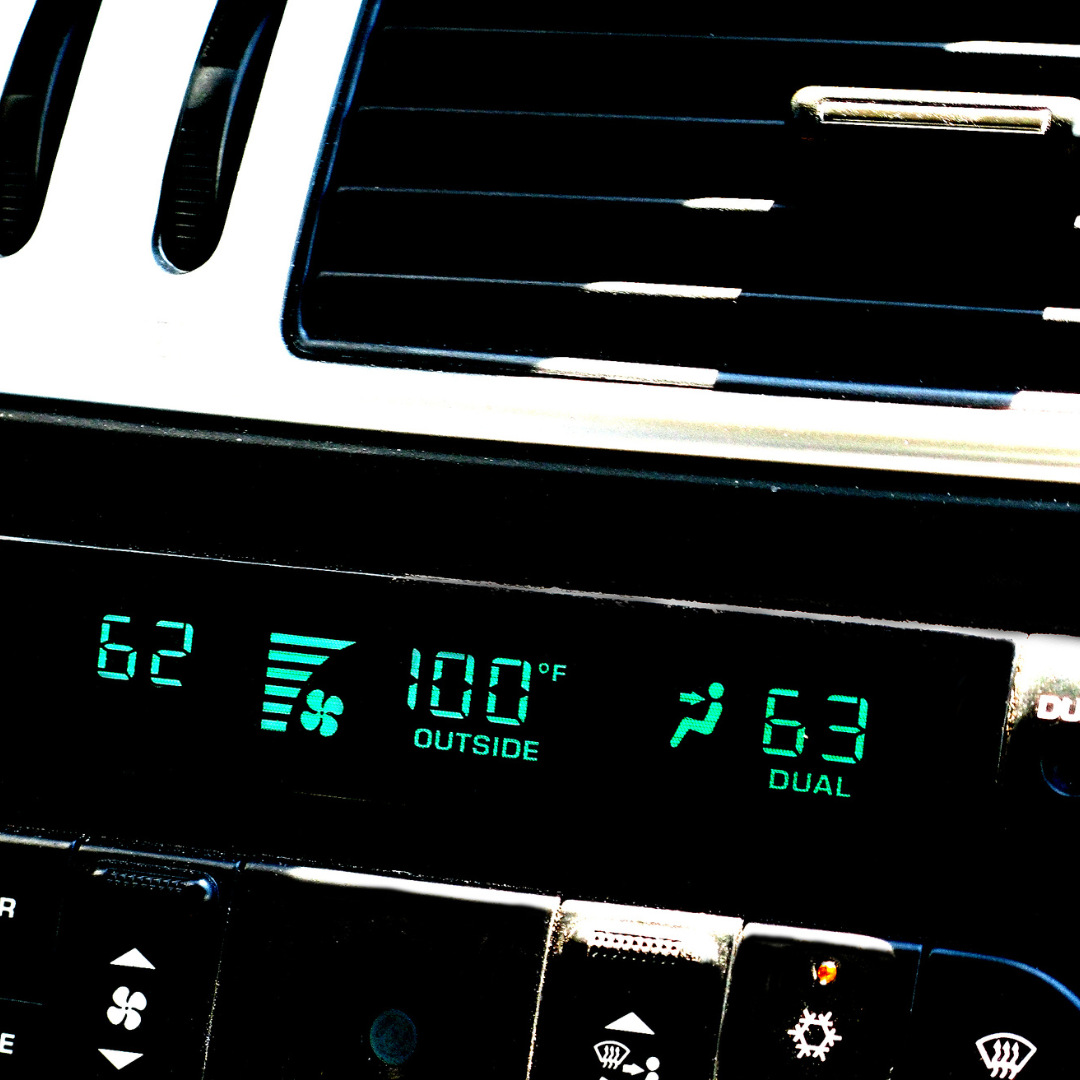
Radio has been a beloved medium for decades, entertaining audiences with music, news, talk shows, and more. While popularity can vary based on location and listener preferences, there are some radio stations that have gained widespread recognition and a large audience. Let’s explore some of the factors that contribute to a radio station’s popularity:
1. Listener Ratings:
One way to determine a radio station’s popularity is through listener ratings. Radio stations are often rated based on the number of listeners they attract, how long they listen, and their overall satisfaction. Stations with higher ratings are generally considered more popular.
2. Music Selection:
The selection of music played on a radio station plays a crucial role in its popularity. Stations that play a diverse range of popular music genres and cater to different age groups tend to attract a broader audience.
3. Engaging Content:
Popular radio stations often offer engaging content, including entertaining talk shows, insightful interviews, and informative news updates. Engaging content keeps listeners hooked and encourages them to tune in regularly.
4. Local Relevance:
Radio stations that have a strong local presence and cater to the interests of the local community tend to be more popular in their respective areas. Local news, events, and promotions can significantly impact a station’s popularity.
5. Online Presence:
In the digital age, radio stations with a strong online presence, such as live streaming, podcasts, and active social media engagement, can reach a broader audience and gain popularity beyond traditional broadcasting.
It’s important to note that radio popularity can be subjective and may vary over time. Different radio stations might be popular among different demographics and age groups. Additionally, radio popularity is often measured regionally or nationally, so the most popular station in one area may not hold the same status elsewhere.
Ultimately, the most popular radio station is the one that resonates most with its audience, offers compelling content, and creates a strong connection with its listeners.
How do I activate DAB?
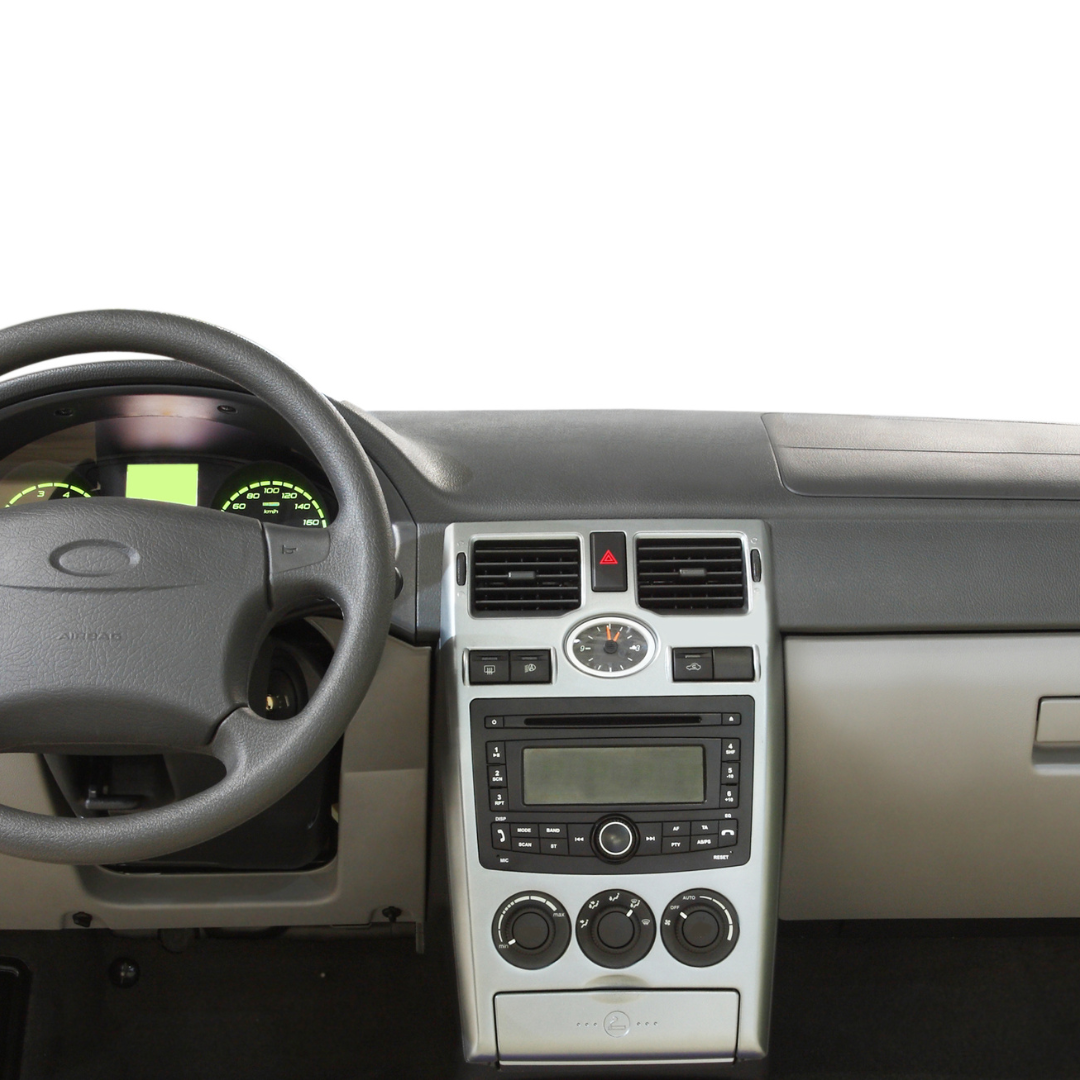
DAB (Digital Audio Broadcasting) allows you to enjoy a wider range of radio stations with improved sound quality compared to traditional FM radio. To activate DAB and start enjoying its benefits, follow these simple steps:
1. Check your equipment:
Make sure your device supports DAB. This could be a DAB radio receiver, a car radio with DAB functionality, or a DAB-enabled smartphone or tablet.
2. Find the DAB button or menu:
On your device, locate the DAB button or menu. This may vary depending on the device you’re using. In most cases, you’ll find it labeled as “DAB,” “Digital,” or a similar term.
3. Press the DAB button or access the DAB menu:
Press the DAB button or access the DAB menu to activate the DAB functionality on your device. This will initiate the scanning process to search for available DAB stations in your area.
4. Perform a DAB scan:
Once you’ve accessed the DAB menu or pressed the DAB button, your device will start scanning for available DAB stations. This process may take a few minutes. Once the scan is complete, the device will display a list of found stations.
5. Select a DAB station:
Browse through the list of found DAB stations and select the one you want to listen to. You can use the device’s controls, such as buttons, knobs, or a touchscreen, to navigate and choose the desired station.
6. Enjoy DAB:
Once you’ve selected a DAB station, you’re all set to enjoy digital radio with its improved sound quality and access to a variety of stations. You can explore different genres, discover new music, and stay updated with the latest news and shows.
Note that the exact steps for activating DAB may vary depending on your specific device and its user interface. Refer to the user manual or manufacturer’s instructions for detailed guidance on activating DAB for your particular device.
By following these steps, you can easily activate DAB and start enjoying a broader selection of radio stations with enhanced audio quality. Embrace the digital radio revolution and elevate your listening experience with DAB!
How can I listen to DAB on my smartphone?
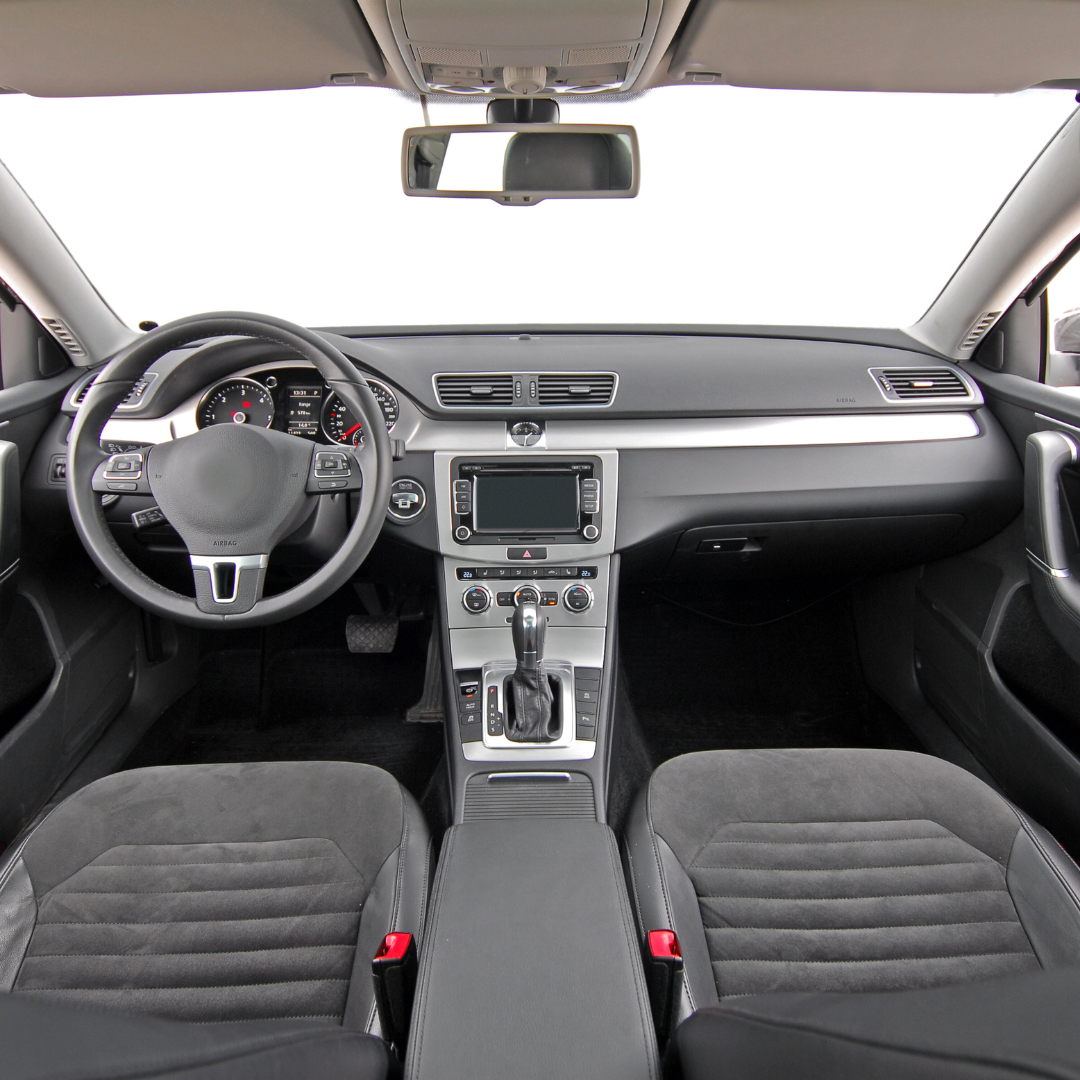
Digital Audio Broadcasting (DAB) provides a wide range of radio stations with improved sound quality. If you want to enjoy DAB on your smartphone, here are some methods you can try:
1. DAB-enabled smartphones:
Check if your smartphone has built-in DAB functionality. Some smartphones come with an integrated DAB receiver, allowing you to listen to DAB radio directly. If your phone has this feature, you can access it through the pre-installed DAB app or by activating the DAB mode in the settings.
2. DAB dongle:
If your smartphone doesn’t have built-in DAB, you can purchase a DAB dongle that plugs into the USB or headphone jack of your phone. These dongles receive DAB signals and convert them into audio that can be played through your smartphone. Install the accompanying app provided by the dongle manufacturer to tune in to DAB stations.
3. DAB apps:
Explore the app store on your smartphone and search for DAB radio apps. There are several apps available that stream DAB radio stations over the internet. Download a reputable DAB app, launch it on your phone, and choose the desired DAB station from the available list. Keep in mind that these apps require an internet connection to access DAB stations.
4. DAB adapters:
Consider using a DAB adapter that connects to your smartphone via Bluetooth or the headphone jack. These adapters receive DAB signals and wirelessly transmit the audio to your smartphone. Pair the adapter with your phone, launch a compatible DAB app, and enjoy DAB radio on your smartphone.
5. Online radio directories:
Visit online radio directories that provide DAB streams. These directories list various DAB stations with their streaming URLs. Open a web browser on your smartphone, search for a reliable online radio directory, and browse the available DAB stations. Tap on a station’s stream URL to start listening directly in your browser or through a compatible media player app.
Remember, listening to DAB on your smartphone may consume data if you’re using internet-based methods. Make sure you have a stable internet connection or use Wi-Fi to minimize data usage.
By utilizing the options mentioned above, you can enjoy DAB radio on your smartphone and access a wide range of stations with enhanced audio quality. Stay connected to your favorite shows, discover new music, and enrich your radio listening experience on the go!
How can I listen to the radio without an internet connection?

Listening to the radio can be a great source of entertainment and information, even when you don’t have access to the internet. Here are a few methods you can use to listen to the radio without an internet connection:
1. AM/FM Radio:
Traditional AM/FM radios are designed to receive radio signals over the airwaves. These radios operate independently of the internet, allowing you to tune in to your favorite AM or FM stations without requiring an internet connection. You can find portable AM/FM radios, clock radios, and even car stereos with AM/FM capabilities.
2. Radio Apps with Offline Mode:
Some radio apps offer an offline mode that allows you to listen to previously downloaded or recorded radio content without an internet connection. These apps typically provide the option to save radio programs or podcasts for offline listening. Make sure to check if your favorite radio app supports offline mode.
3. MP3 Players with FM Radio:
Many MP3 players, such as iPods, have built-in FM radio tuners. These devices allow you to listen to FM radio stations without needing an internet connection. Simply tune in to the desired frequency and enjoy your favorite radio programs or music on the go.
4. Radio Receiver Devices:
There are standalone radio receiver devices available that can pick up local AM and FM radio signals. These devices typically come with built-in speakers or headphone jacks, allowing you to listen to the radio without relying on an internet connection or a smartphone.
5. Offline Radio Recordings:
If you have access to the internet temporarily, you can use online radio recording services or software to save radio programs for offline listening. These services enable you to record and download radio shows, podcasts, or specific segments that you can then play back without an internet connection.
By using these methods, you can enjoy listening to the radio even when you’re offline. Keep in mind that the availability of stations and the quality of reception may vary depending on your location and the device you’re using.
So, grab your AM/FM radio, explore radio apps with offline mode, or consider using an MP3 player or standalone radio receiver to tune in to your favorite stations and stay connected to the world of radio, no internet required!
How can I listen to the radio in my car?
Listening to the radio while driving can make your car journeys more enjoyable and entertaining. Here are a few methods you can use to listen to the radio in your car:
1. Built-in Car Radio:
Most cars come equipped with a built-in AM/FM radio. Simply turn on your car’s audio system, select the desired frequency (AM or FM), and tune in to your favorite radio station using the radio controls on your car’s dashboard. You can also use the seek or scan function to automatically find available stations.
2. Portable Radio:
If your car doesn’t have a built-in radio or you prefer more flexibility, you can use a portable radio. These compact devices allow you to tune in to AM and FM radio stations and usually come with built-in speakers or headphone jacks. You can place the portable radio on the dashboard, in the cup holder, or connect it to your car’s audio system using an auxiliary cable or Bluetooth transmitter.
3. Car Radio Receiver Adapter:
If your car’s audio system doesn’t have a built-in radio or you want to upgrade to digital radio, you can purchase a car radio receiver adapter. These adapters connect to your car’s audio system through the auxiliary input or Bluetooth and receive radio signals. Some adapters even support digital radio formats like DAB or DAB+. Install the adapter according to the manufacturer’s instructions and tune in to your favorite stations.
4. Streaming Radio Apps:
If you have a smartphone with an internet connection, you can use streaming radio apps to listen to radio stations in your car. Download a reputable radio app that offers a wide selection of stations, launch it on your smartphone, and connect your phone to your car’s audio system via Bluetooth or auxiliary cable. Choose the desired radio station from the app and enjoy streaming radio while on the road.
5. Satellite Radio:
Consider subscribing to satellite radio services like SiriusXM if you want access to a wide range of commercial-free music, sports, and entertainment channels. Satellite radio requires a specialized receiver and subscription, but it offers a broad selection of stations that you can enjoy in your car.
Choose the method that suits your preferences and vehicle setup to listen to the radio while driving. Make sure to stay focused on the road and adjust the volume to a safe and comfortable level. Enjoy your favorite tunes, catch up on the latest news, and make your car journeys more enjoyable with the radio!
How can I improve FM radio reception?
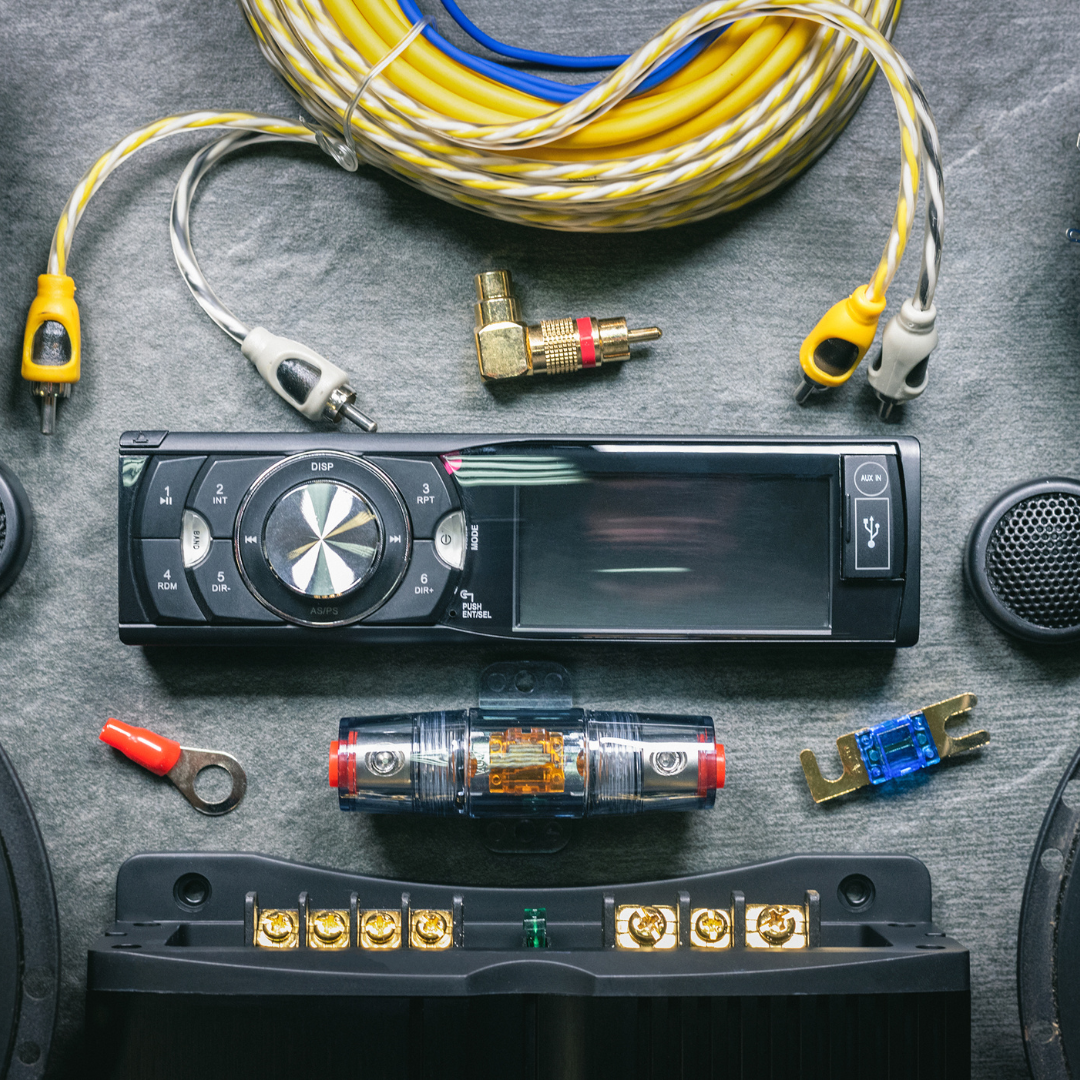
If you’re experiencing poor FM radio reception, there are several steps you can take to improve it and enjoy clearer and stronger radio signals. Here are some tips to enhance FM radio reception:
1. Check Antenna Connections:
Ensure that the antenna cable is securely connected to your radio or stereo system. Loose or damaged connections can result in weak reception. If necessary, reposition or replace the antenna to optimize signal strength.
2. Extend or Reposition the Antenna:
Try extending or repositioning the FM antenna to get better reception. If you have an external antenna, consider placing it higher or in a different location, such as near a window or on a higher floor. Experiment with different positions to find the optimal placement for your antenna.
3. Use an FM Signal Amplifier:
An FM signal amplifier, also known as a signal booster, can improve weak radio signals. Connect the amplifier between the radio and the antenna to enhance the signal strength and improve reception quality. Make sure to choose a high-quality amplifier suitable for your specific setup.
4. Avoid Interference:
Radio reception can be affected by nearby electronic devices, such as televisions, computers, or smartphones. Keep these devices away from your radio or antenna to minimize interference. Additionally, power lines, buildings, and other large structures can also interfere with radio signals, so try positioning your antenna away from potential sources of interference.
5. Upgrade to a High-Quality Antenna:
If you’re using a basic or low-quality antenna, consider upgrading to a higher-quality antenna designed for FM reception. A better antenna can capture and amplify radio signals more effectively, resulting in improved reception and clearer audio.
6. Explore Online Streaming:
If FM reception in your area is consistently poor, you can explore online streaming options. Many radio stations now offer live streaming on their websites or through dedicated radio apps. Connect your device to the internet, access the station’s online stream, and listen to high-quality radio without relying on traditional FM reception.
By following these tips, you can enhance FM radio reception and enjoy your favorite stations with better clarity and signal strength. Experiment with different techniques to find the best solution for your specific setup and location. Happy listening!
How can I improve the reception of a car radio antenna?
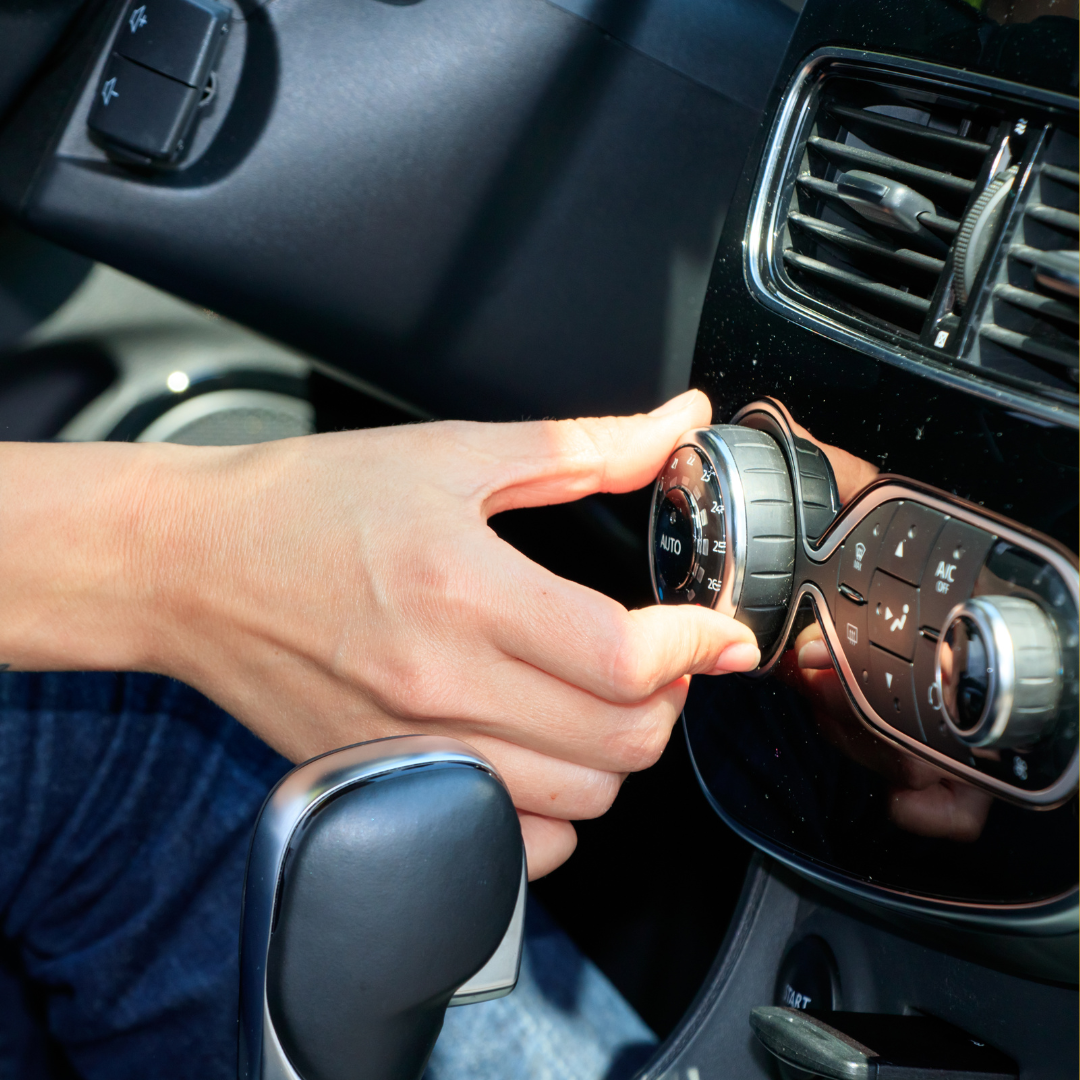
If you’re experiencing poor reception on your car radio, there are a few steps you can take to improve it and enjoy better signal quality. Here are some tips to enhance the reception of your car radio antenna:
1. Check the Antenna Connections:
Ensure that the antenna cable is securely connected to the back of the car radio. Loose or damaged connections can result in weak reception. If necessary, tighten or replace the antenna cable to improve the signal strength.
2. Extend or Reposition the Antenna:
Try extending or repositioning the car radio antenna to get better reception. If your car has a retractable antenna, fully extend it for optimal signal reception. If you have a fixed antenna, consider positioning it in a different direction or adjusting its angle to improve reception.
3. Use an External Antenna:
If your car’s built-in antenna is not providing satisfactory reception, you can consider installing an external antenna. External antennas, such as roof-mounted or window-mounted antennas, can often provide better reception by picking up stronger signals. Consult a professional or refer to your car’s manual for guidance on installing an external antenna.
4. Avoid Interference:
Interference from other electronic devices or structures can affect the reception of your car radio. Keep your car away from power lines, large buildings, and other potential sources of interference. Additionally, turning off or moving away from devices like mobile phones or GPS units that emit electromagnetic signals can also improve reception.
5. Upgrade to a High-Quality Antenna:
If the above steps don’t significantly improve the reception, you might consider upgrading to a high-quality aftermarket antenna. There are various options available, including amplified antennas or antennas specifically designed for better reception. Research and choose an antenna that is compatible with your car model and offers good reviews for improved reception.
6. Consider Digital Radio:
If you’re still unsatisfied with the reception of your car radio, you may want to consider upgrading to a digital radio system. Digital radio, such as DAB (Digital Audio Broadcasting), provides superior sound quality and a wider range of stations compared to traditional analog FM/AM radio. However, it’s important to ensure that your car radio is compatible with digital radio before making the switch.
By following these tips, you can improve the reception of your car radio antenna and enjoy better signal strength and clarity while driving. Experiment with different techniques and, if needed, consult a professional for assistance. Happy listening!
What can be used as a radio antenna?
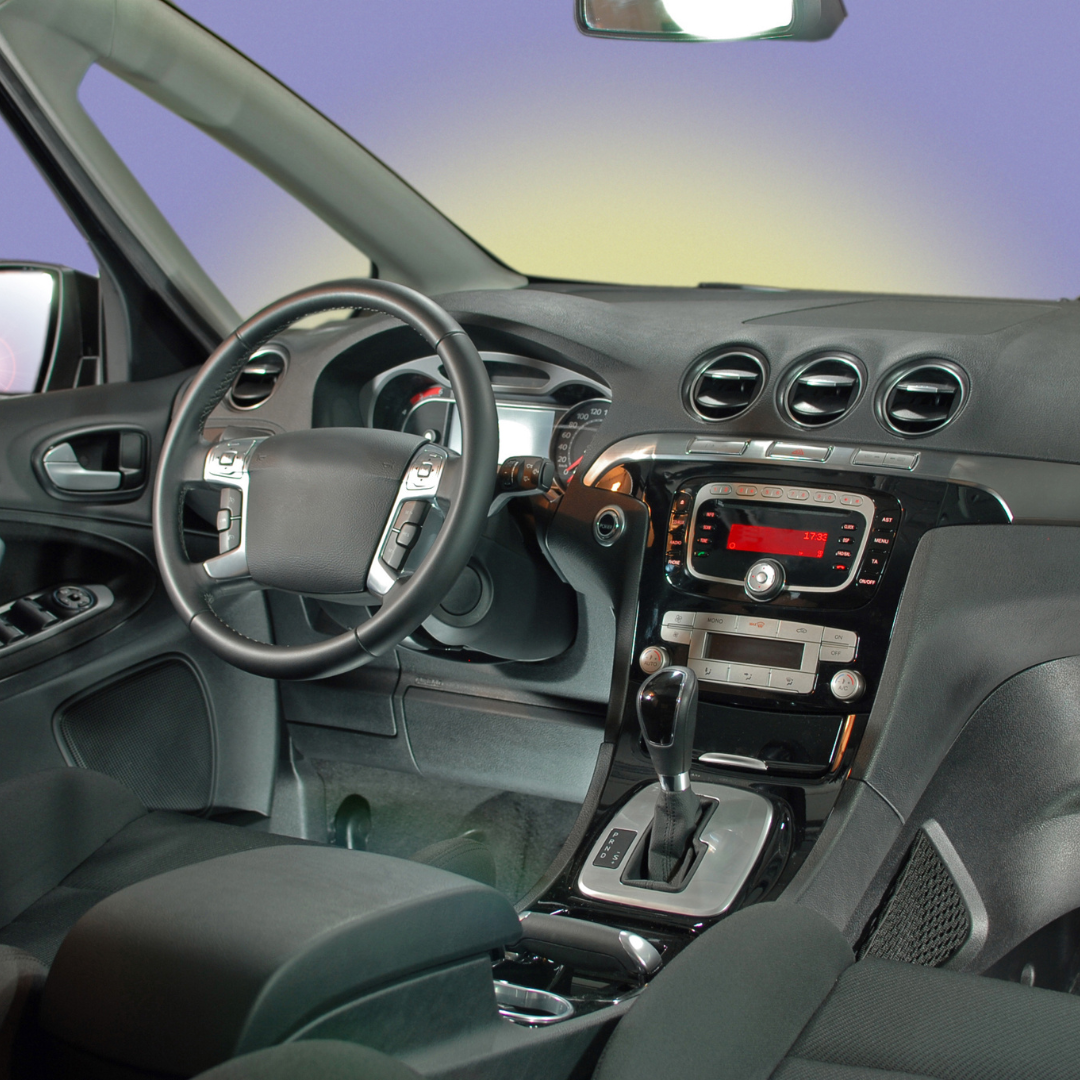
A radio antenna is an essential component for receiving radio signals and ensuring good reception. While there are various types of antennas designed specifically for radios, there are also alternative options that can be used as makeshift antennas. Here are a few alternatives that can be used as a radio antenna:
1. Wire Antenna:
A simple and readily available option is using a length of wire as an antenna. Ideally, the wire should be long enough to capture radio waves effectively. You can attach one end of the wire to the antenna terminal on your radio and extend it horizontally or vertically for better reception. Experiment with different lengths and positions to find the optimal setup.
2. TV Antenna:
If you have an old TV antenna lying around, it can be repurposed as a radio antenna. Connect the TV antenna to your radio using an adapter or cable, and position it for optimal reception. TV antennas are designed to capture a wide range of frequencies, so they can work well for receiving radio signals as well.
3. Metal Objects:
In some cases, metal objects can act as impromptu radio antennas. Items such as coat hangers, paperclips, or aluminum foil can be shaped into a suitable form and attached to the antenna terminal of your radio. Experiment with different shapes and positions to find the configuration that provides the best reception.
4. Car Antenna:
If you’re trying to improve reception on a portable radio or a radio without a built-in antenna, you can use a car antenna. Car antennas are designed to capture radio signals efficiently. Attach the car antenna to your radio using the appropriate adapter, and adjust its position to optimize signal reception.
5. Dipole Antenna:
A dipole antenna is a simple antenna consisting of two metal rods extending in opposite directions. It can be easily constructed using wire or metal rods and connected to the antenna terminal of your radio. Position the dipole antenna horizontally or vertically for better reception.
While these alternative antennas can be used in a pinch, it’s important to note that they may not provide the same level of performance as dedicated radio antennas. If you require consistent and optimal reception, it’s recommended to invest in a purpose-built radio antenna designed for your specific radio or application.
Experimenting with different materials and configurations can help you find a suitable makeshift antenna for your radio. However, for the best long-term performance and reliability, consider purchasing a dedicated radio antenna that matches your radio’s specifications.
How much does it cost to install an antenna?
If you’re considering installing an antenna for your television, radio, or other communication devices, you might be wondering about the associated costs. The cost of antenna installation can vary depending on several factors. Here are some factors to consider when estimating the cost of installing an antenna:
Type of Antenna:
The cost of the antenna itself will depend on the type and quality you choose. There are various types of antennas available, including outdoor TV antennas, satellite dishes, radio antennas, and more. Prices can range from affordable options to more premium antennas with advanced features. Research different antenna models and compare their prices to get an idea of the cost.
Location and Accessibility:
The complexity of the installation and the accessibility of your location can impact the overall cost. If your property requires special equipment, additional wiring, or a difficult installation process due to its location or structure, the installation cost may be higher. Consider consulting with a professional installer to assess your specific situation and provide a more accurate estimate.
Professional Installation vs. DIY:
Deciding whether to hire a professional installer or take the DIY route can also affect the cost. Hiring a professional ensures proper installation and can save you time and effort. However, professional installation typically comes with a fee. On the other hand, if you have the necessary skills and knowledge, you may choose to install the antenna yourself, potentially reducing the cost.
Additional Equipment and Accessories:
Depending on your specific setup and requirements, you may need additional equipment or accessories. This can include mounting brackets, cables, connectors, amplifiers, signal boosters, and more. These additional items will contribute to the overall cost of the installation.
Geographic Location:
In some cases, your geographic location may impact the cost of installing an antenna. Factors such as local regulations, permits, and zoning requirements can add to the expenses. It’s important to check with local authorities or consult a professional installer to understand any potential additional costs associated with your location.
Considering the above factors, the cost of installing an antenna can range from a few hundred dollars to a few thousand dollars. To get an accurate estimate, it’s recommended to obtain quotes from professional installers in your area. They can assess your specific needs and provide you with a detailed breakdown of the costs involved.
Remember, investing in a proper installation ensures optimal performance and reception for your devices. It’s worth considering the long-term benefits and convenience that a well-installed antenna can provide.
Recommended Articles: Enhance Your Radio Experience
If you’re interested in further exploring the world of radio antennas and improving your radio experience, we highly recommend checking out these informative articles:
- How to Improve DAB Radio Reception in Your Car
- Best DAB Car Radio Adapters: Upgrade Your Car Stereo
- How to Get DAB Radio in Your Car: A Step-by-Step Guide
- Why Is the DAB Radio Not Working in My Car? Troubleshooting Tips
- Do I Need a New Antenna for a DAB Car Stereo?
- Which Cars Have DAB Radio? Discover Compatible Models
- Best Bluetooth FM Transmitters: Wireless Audio for Your Car
These articles from Racext.com provide valuable insights, tips, and product recommendations related to DAB radio reception, car radio adapters, troubleshooting issues, antenna upgrades, compatible car models, and Bluetooth FM transmitters. They complement the topics covered in our comprehensive guide and offer in-depth information to further enhance your understanding and enjoyment of radio technology.
By exploring these articles, you’ll gain valuable knowledge and discover practical solutions to enhance your radio reception, upgrade your car stereo, troubleshoot issues, and explore additional options for wireless audio in your vehicle. Happy reading and enjoy your enhanced radio experience!
🌊 RACEXT QUALITY GUARANTEE
Every Racext performance product is thoroughly tested and guaranteed, even if it doesn’t feature a visible logo. Due to production and logistical reasons, some products may not carry the Racext branding directly on the item.
However, rest assured that all our products undergo rigorous quality checks and are backed by Racext’s commitment to performance and reliability.
📅 EXCLUSIVE MANUFACTURING AND DISTRIBUTION
Our trusted partners manufacture each product according to our specific technical requirements, ensuring that every item meets Racext’s high standards. All our products are exclusively sold by Racext and are not distributed by other companies.
Even though some of our partners commercialize similar products for cars, these items are not compatible with motorcycles due to distinct resistance and amperage requirements.
🔧 PRECISION-CALIBRATED CHIP TUNING DEVICES
When it comes to our chip tuning devices, the resistance is precisely calibrated to be perfectly adapted to different vehicles, such as motorcycles. This ensures optimal performance, compatibility, and a smooth ride without any risk to your vehicle’s electronic systems.
Racext chip tuning devices are specially designed to meet the unique demands of motorcycle performance systems, guaranteeing that your bike runs efficiently and reliably.
⚠️ Legal Notice – Important Product Disclaimer
This product is not certified, approved or homologated for use on public roads or highways in any country. It is intended solely for off-road use, closed-circuit racing, sports competition, or private testing purposes. Installation and use of this product on vehicles driven on public streets is strictly prohibited and may violate traffic laws, emissions regulations, or technical inspection requirements.
By purchasing this product, the customer acknowledges and agrees that:
- The product is sold “as is” for motorsport or off-road use only.
- It is not street-legal and must not be used on public roads under any circumstance.
- The seller (Racext) assumes no responsibility for any improper, illegal or unintended use of this product.
- The customer is solely responsible for verifying whether the installation and use of this product comply with local laws and regulations.
- This product may affect vehicle warranty and insurance if used outside of permitted contexts.
This notice applies regardless of the country in which the product is purchased or shipped, including (but not limited to) the United States, Canada, the European Union, the United Kingdom, Australia and New Zealand.
By proceeding with the purchase, you confirm that you have read, understood and accepted this disclaimer, and release the seller from any liability arising from misuse or unauthorized application of the product.
🔒 QUALITY STANDARDS ACROSS ALL PRODUCTS
This high standard of exclusive design, manufacturing, and compatibility applies to all Racext products available for purchase. Every item in our catalog is crafted with the same dedication to performance, safety, and quality.
🔧 PERFORMANCE YOU CAN TRUST, QUALITY YOU CAN SEE
Disclaimer
TRANSPARENT SHIPPING POLICY
Cutoff time 22:00 (GMT+01:00) Central European Standard Time (Amsterdam)
Order Processing Time 1-3 days (Mon-Fri)
Delivery time 3-6 days (Monday-Friday)
Our orders are free of shipping costs.
We use the following shipping couriers:
- PostNL
- Dhl
- UPS
- DPD
- Cainiao
The customer will receive the tracking information in 1-3 days directly in his email. Please contact us if you have not received the email or check your spam emails
LEGAL DISCLAIMER: PRODUCTS INTENDED EXCLUSIVELY FOR SPORTING AND COMPETITIVE USE
Important: Before proceeding with the purchase or use of our sport exhausts, please read the following notice carefully.
The products sold through this website are intended exclusively for sporting and competitive use. This means they have been designed and manufactured to be used in controlled environments, such as closed circuits or areas designated for sporting competitions, where emission and noise regulations may differ from those applied on public roads.
Public Road Use Not Allowed: It is emphasized that the installation and use of these devices on vehicles intended for circulation on public roads may not be permitted under the laws of your reference country regarding emission and noise regulation, as they are not designed for road use but for sporting use.
Buyer’s Responsibility: It is the buyer’s responsibility to ensure that the use of the purchased products complies with all applicable laws and regulations. The buyer assumes all legal liabilities for any non-compliant use of the products, including the installation and operation of such devices on unauthorized vehicles or in ways that violate applicable laws.
By continuing with the purchase, the buyer acknowledges and agrees that the use of the products is limited to sporting and competitive contexts as defined above and assumes full responsibility for any legal consequences arising from improper use of the products.
DAB car antennas : A Comprehensive Guide
Compatibility:
It is the responsibility of the customer to ensure that the product is compatible with their vehicle. We recommend consulting with a professional mechanic before purchasing to confirm compatibility. Racext is not responsible for any issues that may arise from the use of our products, including but not limited to damage to the vehicle or personal injury.
Warranty:
All of our products come with a 2-year warranty in accordance with international standards. If you experience any issues with your product within the warranty period, please contact us for assistance. The warranty does not cover damages caused by improper installation, misuse, or external factors such as accidents or natural disasters.
Returns
ABOUT US
ADDRESS: Creative Tower – Hamad Bin Abdulla Road – Office 4201 – Fujairah – U.A.E.
E-mail : info@Racext.com
Contact form : Get in touch
Phone : +971 58 859 1706
Company name : Digitanow International group FZe
Company Number : AE18048/2020
Tax registration number: AE18048 2020
Customer service : Monday to Friday from 9 a.m. to 8 p.m.
Terms and Conditions
This website provides only the product with well-indicated codes and specifications. Please rely on an experienced workshop for the installation and choice of the product. We do not assume any responsibility for errors in choice, installation, or programming of the devices.
*The price is intended for a single product
*Days are always working days
All guides on this website are for illustrative purposes only. For many products, the use of special tools may be necessary. We always recommend seeking the advice of a specialized repair center for the selection and installation or programming of products purchased anywhere. We do not assume any responsibility for damage to property or persons, or user errors in the application of a guide on this website or for any other occurrence.
Product is not original but fully interchangeable with it
All rights reserved. All trade names and logos are registered trademarks of the respective manufacturers indicated
The trademarks mentioned on this site are the exclusive property of the automotive companies and are used here exclusively to facilitate the search for vehicles by our customers. We do not assume any responsibility for damages to property or persons, or user errors in the application of a guide on this website or for any other occurrence.
Secure Payments
When making purchases on our website, you can be confident that your transaction is secure. All financial transactions are processed on the secure and certified servers of PayPal or Stripe. These platforms allow us to accept payments from all VISA, VISA ELECTRON, MAESTRO, POSTEPAY, AMERICAN EXPRESS, AURA, and DISCOVER credit cards.
Quality Guarantee
Choose safety, savings, and professionalism by choosing us. We offer top-level customer support that will never leave you alone during the pre- and post-purchase phases. We offer top-quality products and intelligent, secure savings. Don’t trust inexperienced sellers.
NOTE: In the event that the product is not available in stock, we reserve the right to issue a full and immediate refund.
[mailpoet_form id=”3″]
